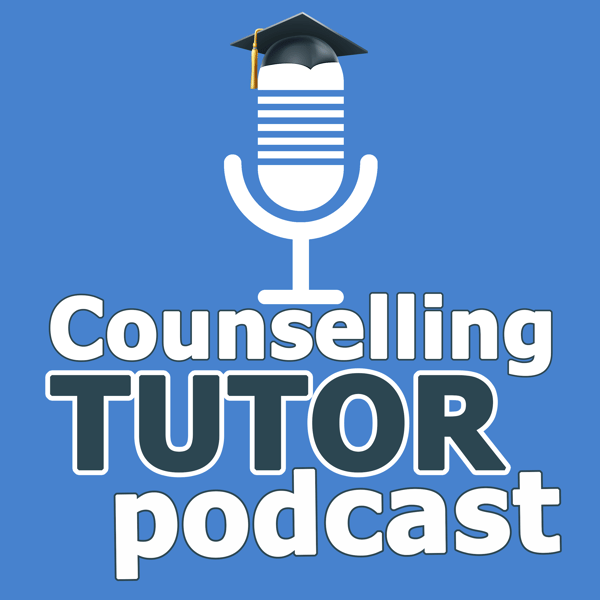161 – Synchronous and Asynchronous Communication in Counselling
Counselling Tutor
Ken Kelly and Rory Lees-Oakes
4.6 • 636 Ratings
🗓️ 12 September 2020
⏱️ 39 minutes
🧾️ Download transcript
Summary
Transcript
Click on a timestamp to play from that location
| 0:00.0 | Welcome to the counselling tutor podcast. |
| 0:04.4 | The must listen to podcast for students of counselling and psychotherapy. |
| 0:10.6 | Here are your hosts, Rory Lee's Oaks and Ken Kelly. |
| 0:15.6 | Hello, my name is Rory and with me across the studio window, as always is Ken. How's life opposite the studio window? It's really good, Rory and with me across the studio window, as always is Ken. |
| 0:21.1 | How's life opposite the studio window, Ken? |
| 0:23.7 | It's really good, Rory, and kind of those that have been following the podcast for some time |
| 0:28.3 | are going to know that we're in different parts of the country, actually. |
| 0:31.9 | So this is social distancing at its best with many miles or kilometers in between us. |
| 0:38.0 | Thank you for tuning in. |
| 0:39.3 | You've joined us on episode 161 of the counseling tutor podcast. |
| 0:45.2 | We're following our usual format. |
| 0:46.8 | We've got three sections for you. |
| 0:48.6 | We're going to start off with our student check-in, |
| 0:51.3 | and there we're going to be speaking about managing study anxiety. |
| 0:56.1 | We're then going to the digital counselling revolution where we're going to be speaking about |
| 1:01.6 | an interesting topic, synchronous and asynchronous communication. And even if you don't engage in |
| 1:07.5 | online counselling, this is going to be a really interesting one for you. And then we're going |
| 1:12.6 | to delve into the pool of practice matters to close off this episode where we're going to be |
| 1:19.3 | looking at is assessment misunderstood? And we're going to be referring to a recent lecture done |
| 1:25.6 | in our CPD library by John Meller Clark. |
| 1:29.3 | But let's kick off. It is that time, Rory. Courses have started up. Students are back. |
| 1:35.1 | There's a lot of difference, I guess, with the social distancing and how the courses are being delivered. |
... |
Please login to see the full transcript.
Disclaimer: The podcast and artwork embedded on this page are from Ken Kelly and Rory Lees-Oakes, and are the property of its owner and not affiliated with or endorsed by Tapesearch.
Generated transcripts are the property of Ken Kelly and Rory Lees-Oakes and are distributed freely under the Fair Use doctrine. Transcripts generated by Tapesearch are not guaranteed to be accurate.
Copyright © Tapesearch 2025.

